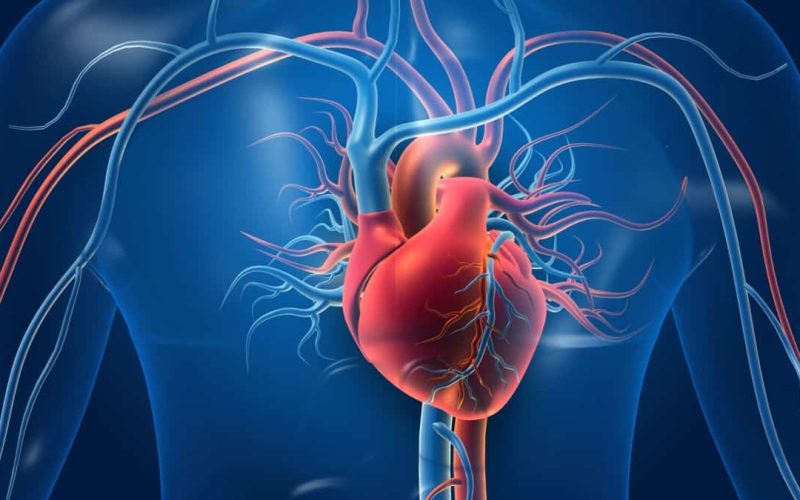Atherosclerosis is a condition that affects the health of your arteries. It occurs when fatty deposits in the artery walls, also known as plaque, build up and harden over time. This buildup can cause narrowing or blockages of the arteries, which can lead to heart disease, stroke and even death if not treated properly. In this article, we will explore the causes, symptoms and treatments for discovering atherosclerosis so that you can take preventive measures to protect your health.
What are the causes of Atherosclerosis:
Several factors can contribute to the development of atherosclerosis, including:
- High Cholesterol:
High levels of LDL or “bad” cholesterol can contribute to plaque buildup in the arteries.
- High Blood Pressure:
High blood pressure can damage the arterial walls, making them more susceptible to plaque buildup.
- Smoking:
Smoking can damage the arterial walls and contribute to plaque buildup.
- Diabetes:
Diabetes can increase the risk of atherosclerosis due to high blood sugar levels that can damage the arterial walls.
- Family History:
A family history of atherosclerosis can increase the risk of developing the condition.
Symptoms of Atherosclerosis that you should look out for:
In the early stages, atherosclerosis may not cause any symptoms. However, as the condition progresses, the following symptoms may develop:
- Chest pain or discomfort (angina)
- Shortness of breath
- Pain in the arms, legs, or back
- Fatigue
- Dizziness
- Nausea or vomiting
- Heart palpitations
Treatment of Atherosclerosis:
There are several treatment options available for atherosclerosis, including:
- Lifestyle Changes:
Adopting healthy lifestyle habits can help prevent and manage atherosclerosis. These include quitting smoking, exercising regularly, maintaining a healthy weight, and eating a healthy diet.
- Medications:
Medications can be used to help manage high blood pressure, high cholesterol, and other conditions that contribute to atherosclerosis.
- Surgery:
In some cases, surgery may be required to treat atherosclerosis. Procedures such as angioplasty, stenting, or bypass surgery may be used to open up blocked arteries and restore blood flow.
Bottom line:
Atherosclerosis is a serious condition that can have serious health consequences. However, with early detection and proper treatment, it is possible to manage the condition and prevent complications. If you experience any symptoms of atherosclerosis, it is important to seek medical attention right away.


